When I was researching the book Spice Islands I came across an arresting image used in a pamphlet to advertise an exhibition at the Rijksmuseum. After more research I found it was from a painting of Sultan Sayfoedin of Tidore who ruled from 1657 to 1687.
A painting which was probably by a Dutch artist and so I expected it would be in the Rijksmuseum. However I could not find it there and eventually I found it was in the Czartoryski Museum in Kracow. I have no idea who was the artist or how the painting got to Kracow but it is lucky that it survived all the revolutions and invasions of Poland.
After the November 1830 uprising and the confiscation of the Czartoryski properties the collection was moved to a safe place in Paris and then moved back to Kracow in 1876. In 1914 and the First World War the collection was moved to Dresden in Germany before moving back to the family museum in 1920. In 1939 after the German invasion of Poland the collection was looted and many objects were taken to Germany. In 1945 the Polish representative at the Allies Commission for the Retrieval of Works of Art claimed the stolen artifacts on behalf of the Czartoryski Museum. However, 843 artifacts were missing from the collection whose whereabouts remain unknown to this day.
I absolutely had to have a high resolution image of the painting for the title page of Spice Islands. But the rights were held by the Bridgeman Art Library and it was going to cost a fortune to have the image included in the book. However I had to have it and there was no other choice but to pay up.
I also included in Spice Islands this photo of the late sister of the Sultan Ternate with her son. taken at the Sultan’s Palace in Ternate.
Although separated by 350 years I can see an uncanny similarity between these two men.
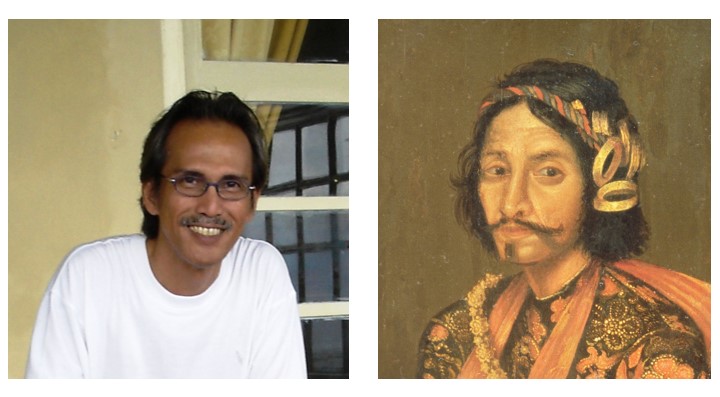

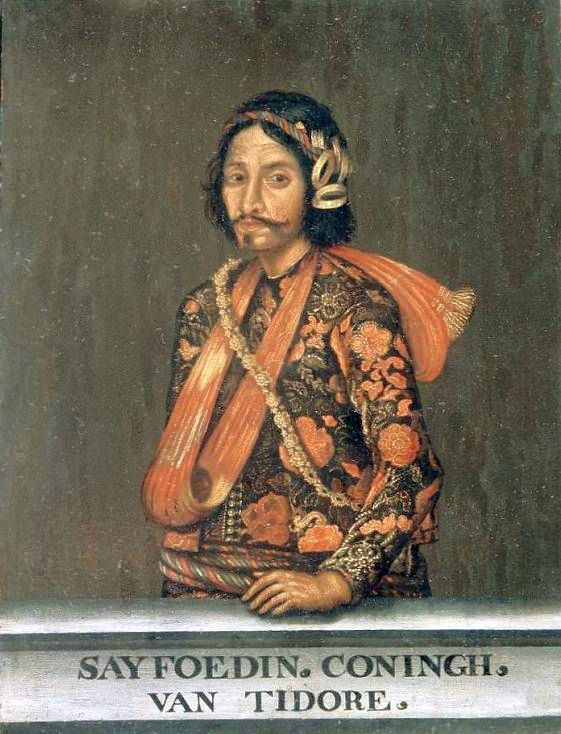
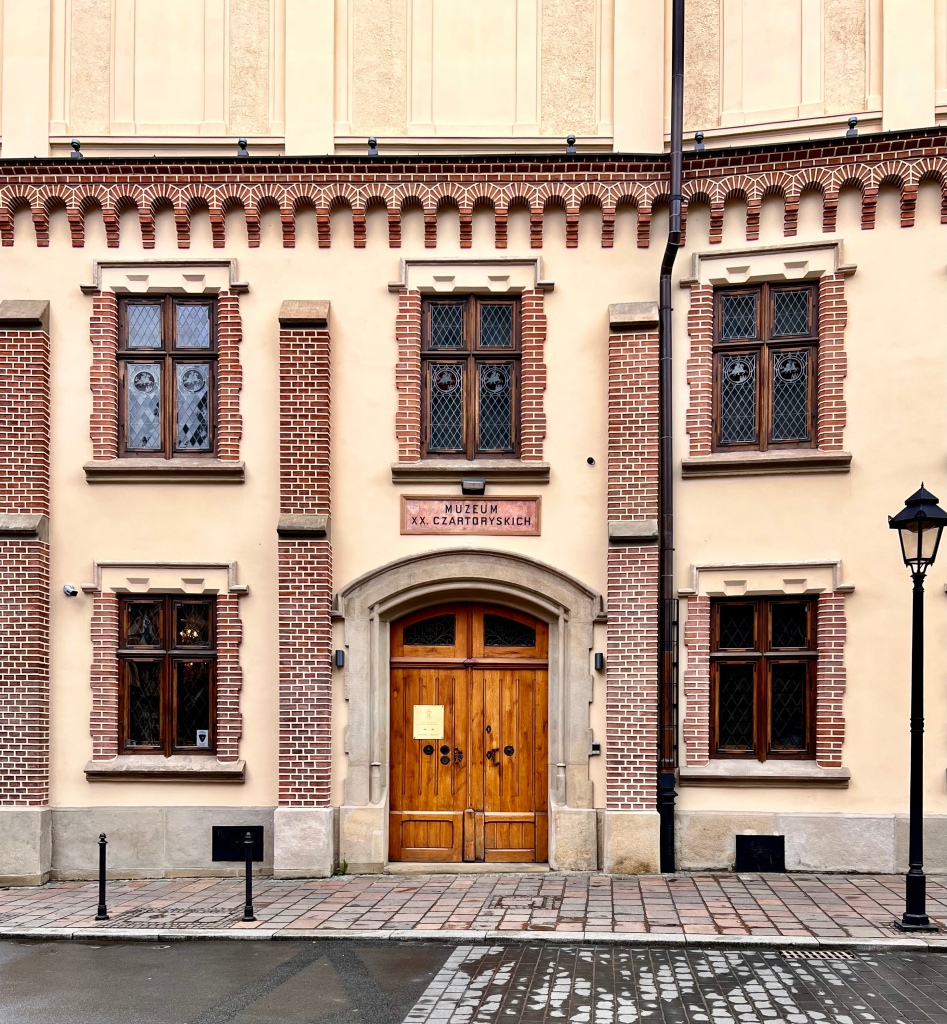
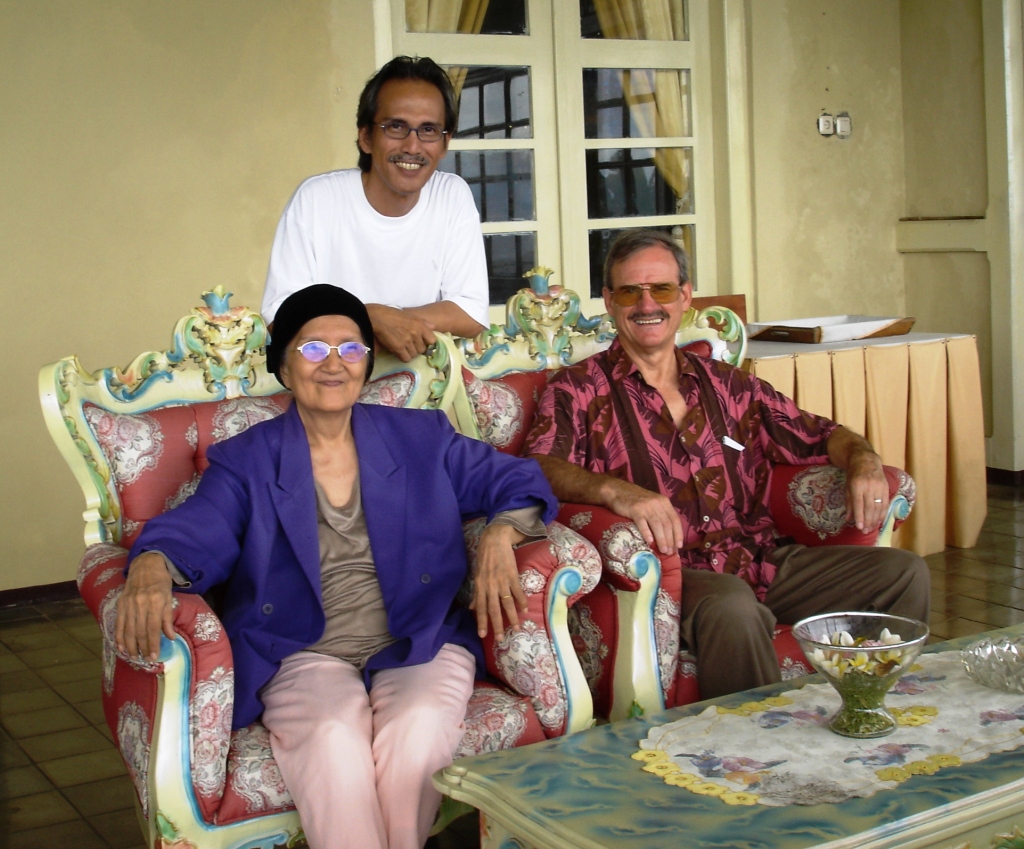
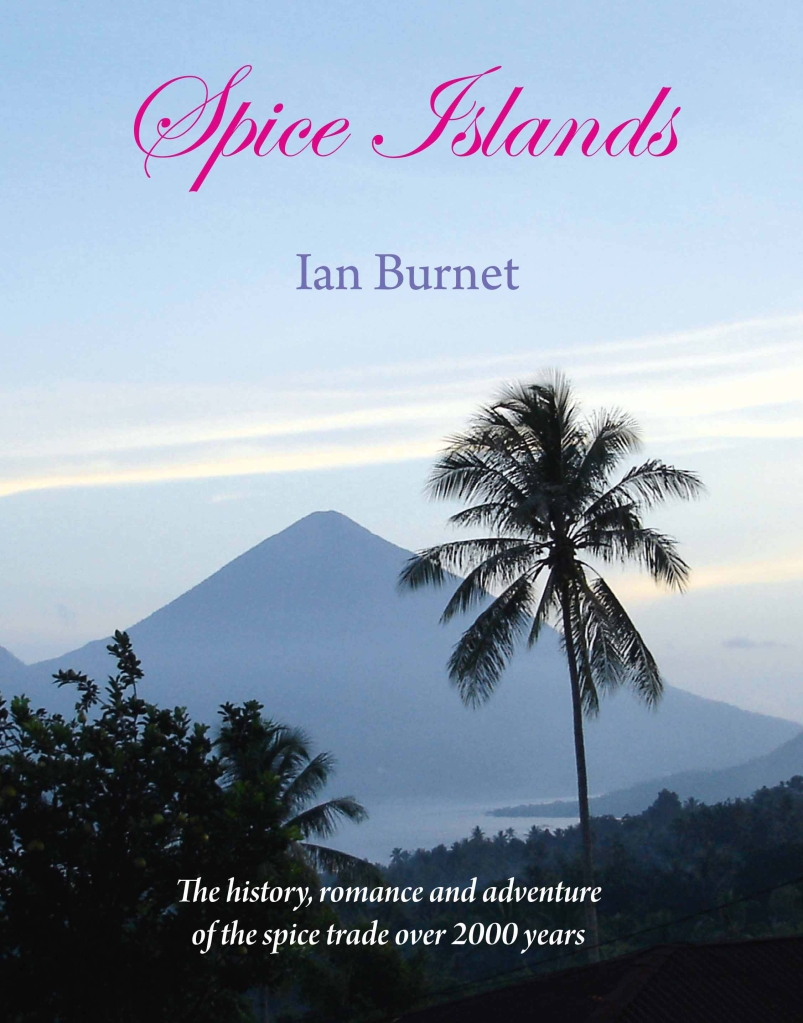
Ian, That’s a fascinating story about a fascinating picture. It having been made by a Dutch artist seems a good guess, given the period.
Recently I read an Australian PhD thesis about how eyes in art connect (first) with the viewer, like they do in real life. It also supplied exhaustive research references that this is also the case with animal eyes if close enough forward and visible in the painting, no matter where they ‘look’. Many of us have heard the suggestion from people who saw the Mona Lisa in The Louvre that ‘she’ seems to ‘follow you around’ in the museum hall.
Sultan Sayfoedin seems to be looking past me to my right, yet the eyes connect first with the viewer before other features are discovered and added to the appreciation.
The relative in the photograph looks me right in the eyes, so connects even closer. The sultan seems to have had an unusually thick left wrist and the other arm seems held in a sling, perhaps after and accident? Thus, paintings including old paintings that try and capture the truth rather than an artistic impression, can tell a story. I put it as I see it.
Thanks and Cheers,
Peter Reynders
Thanks Peter. An interesting observation about the eyes. Unfortunately, Sultan Sayfoedin contracted leprosy and would have had his hand amputated.
I noticed the arm without a hand in the sling too, and wondered about that. Checking with Wikipedia I found out that he was suffering from leprosy and probably had his hand amputated. One can conclude that he was not a happy camper when he posed for his portrait.
Thanks for the interesting article,
Regards,
Bart Van Rees
Very interesting article and comments.
Jokowi has Moluccan roots. His grandfather Mohamad Said Iskandar Salih is an Imam in a Mosque in Ternate. Jokowi is known in Moluccan as Jeke Widede. Jokowi is a Muslim who is born in Surakarta (Solo) to a poor family. Jokowi became rich when he had a furniture business in Solo, Indonesia.